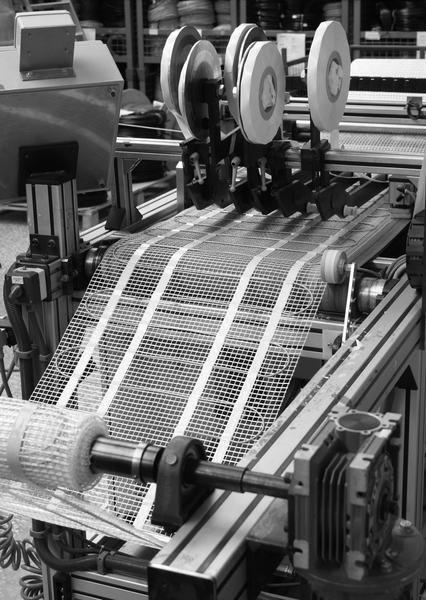
Directive 2010/31/EU – Energy Performance of Buildings (EPB)
 |
in most EU countries, in 2013, another part of the EU Directive 2010/31/EU on the so-called assessment of the energy performance of buildings will come into effect. Unlike previous stages of regulation in this field, which focused exclusively on the thermal technical parameters of buildings and their gradual improvement, this year's application departs from the real world, and along with it, we enter a world of virtual reality, artificial and complicated constructions that allow the same house to achieve diametrically different ratings.
For new building constructions, artificial calculation constructions that are completely detached not only from any economic but also ecological correlations are gaining significance. Therefore, for the issuance of a building permit, the interest of the investor, their preferences, or economic benefits will no longer be important, nor will the ecological impact of the chosen systems on the environment. The newly chosen key indicator for assessing the acceptability or unacceptability of buildings is the so-called primary energy consumption of non-renewable energy (PEF).
In the very construction of this indicator, the zero point was set absolutely differently for individual types of energy. While, for example, for electrical energy, the zero point is the fuel combustion process in the power plant and includes the efficiency of this process, distribution, and all losses during the individual stages, for other fuels, the zero point is the energy carrier ready for consumption at the point of use. All energy losses related to its creation, extraction, and transportation are completely ignored!
There is a complete absence of economic dimension – the costs of individual energy carriers play no role whatsoever, for example, the combustion of gas in a conventional power plant has a significantly more favorable PEF than a nuclear power plant (economically, of course, this is completely the opposite). However, the ecological aspect is also completely disregarded, as from the perspective of constructing the PEF indicator, it is basically irrelevant whether the thermal source in the power plant is the combustion of plastics, tires, emissions-free nuclear energy, or perpetual motion – the PEF will always be the same. The combustion of coal in local heating systems is thus almost three times more advantageous compared to the use of electrical energy and is almost on par with the combustion of natural gas!!
 |
We have found ways to provide our customers with the comfort of electric heating in new buildings even under these challenging conditions, and in the coming days, a simple guide will be made available on our website on how to proceed so that electrically heated buildings pass ENB assessment and obtain a building permit. This guide will primarily concern single-family homes, but we are also preparing a variant for multi-story residential buildings. We will be prepared to provide a list of auditors familiar with these procedures.
Dear business partners, despite these complications that increase the cost of our lives and limit our freedom of choice just a bit more, nothing tragic is happening!
We are curious, independent thinkers and immensely playful... so let's play together!
Cyril Svozil, CEO Fenix Group a.s., May 2013
The English translation is powered by AI tool. Switch to Czech to view the original text source.
0 comments
add comment










